Applying to the MLH Fellowship- [How I Got Selected]
Congratulations! 🎉 You’re going to be an MLH Fellow! You can imagine the kind of butterflies in my stomach, after innumerable rejection emails.
This congratulatory mail on the 17th of Jan after an interesting application and interview process, has set my 2024 on a beautiful headstart.
There’s a lot to talk about; my own application story, how you can also get into the MLH fellowship, the benefits, answers to some of the frequently asked questions, etc.
But what other better way to start than with an introduction?
Who Am I?
I’m CID, a budding Software Engineer and Gold Fellow with TheROOM Global, a cohort-2 graduate of the ALX Africa’s 12-months intensive and hands-on Software Engineering Program, and now an MLH Fellow.
I’m always looking to build performant and robust back ends and responsive accessible user interfaces.
I’m so fascinated by technology and computers that every single day, I’m either learning, building, or looking for a way to become part of organizations that build solutions to the world’s biggest problems.
And… let’s not make it any more boring, so I will leave the rest of “about me” towards the end of this guide so that we can focus on why you are here, how to get into the MLH fellowship too!
My MLH Fellowship Application Application Timeline
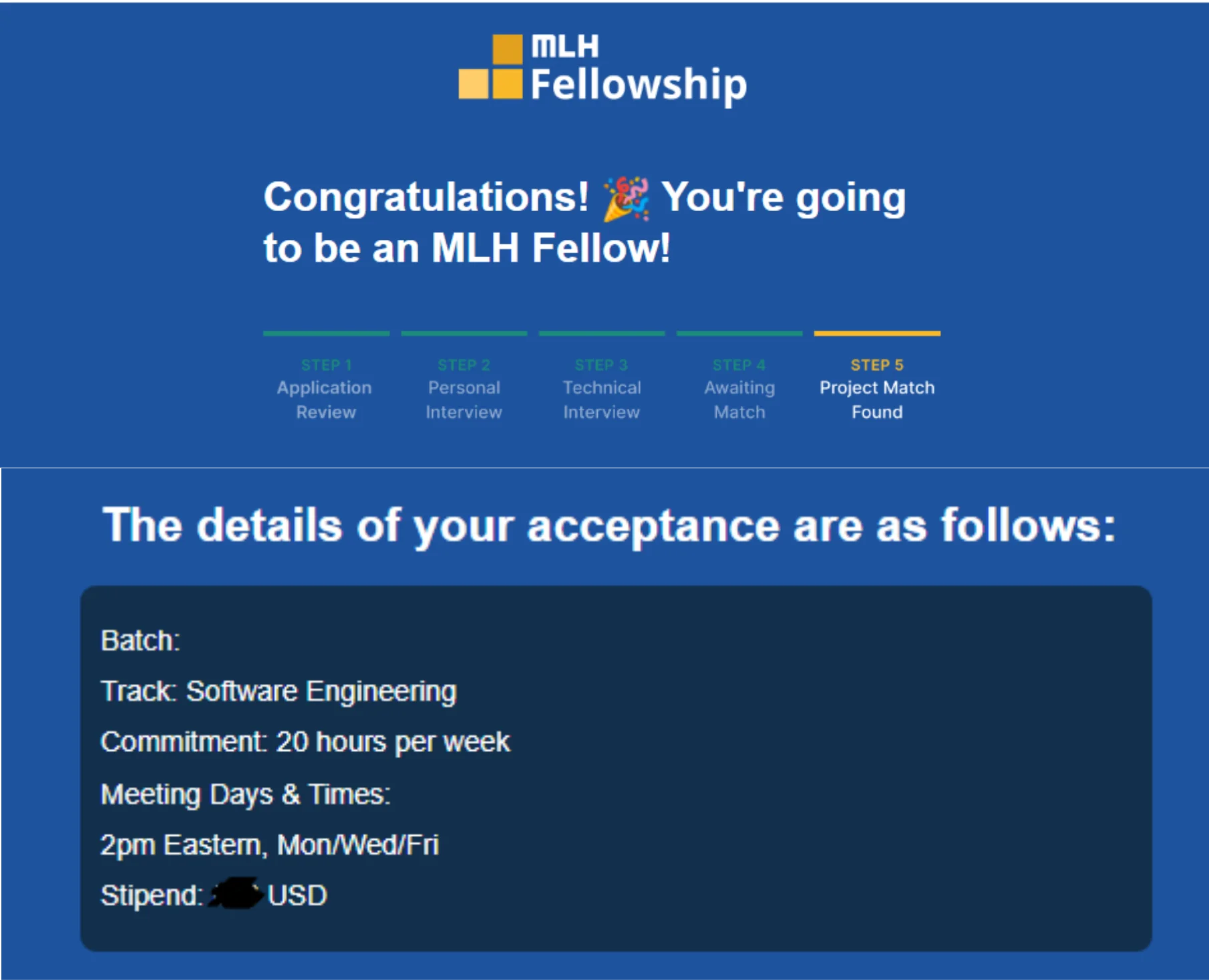
So, in 2023, on the 6th of Nov., I applied to Major League Hacking (MLH), my application review started on the 7th, got scheduled for my first (personal) interview on the 27th, and second (technical) interview, and matching survey on 4th of Dec.; got the congratulatory mail on the 17th of Jan, 2024 and the program resumed on the 29th of January, 2024.
“An MLH fellowship can be one of the best things that will happen to your young tech career”.
What Is MLH?
Major League Hacking (MLH) is a Public Benefit Corporation on a mission to empower hackers (coders, programmers, software engineers).
Every year, Major League Hacking inspires innovation, cultivates communities, and teaches computer science skills to more than 135,000 developers around the world through 300+ weekend-long hackathons and competitions.

Through the power of their hands-on learning approach, aspiring technologists learn the skills that help them land jobs, launch startups, and everything in between.
By pairing educational and fun content with practice experience, whether you’re looking to build out your initial portfolio of personal projects, polish up a project you’re passionate about, or start contributing to Open Source, there’s a program for you in the MLH Fellowship.
What Is The MLH Fellowship?
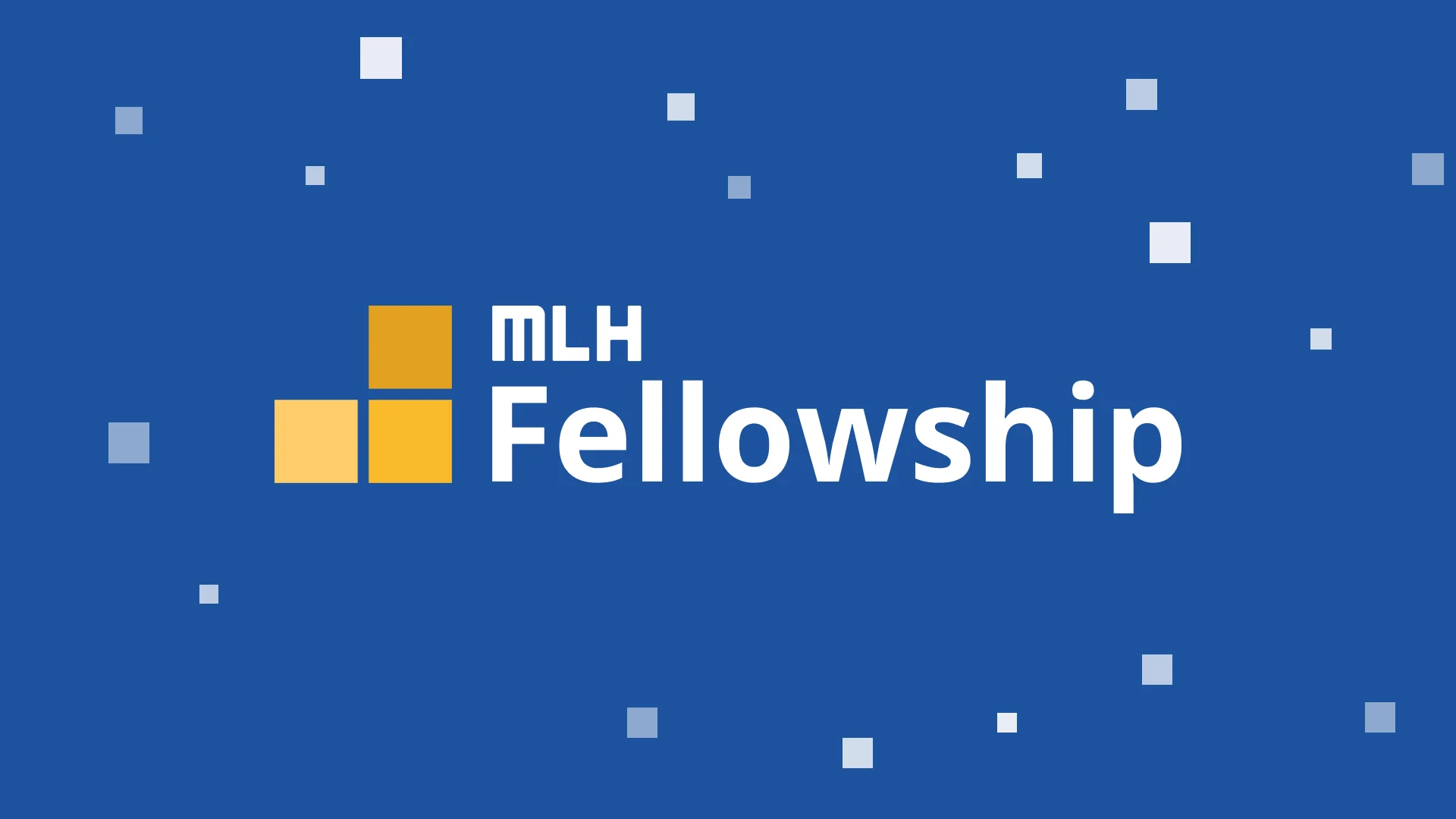
The MLH Fellowship is a collection of fully remote, 12-week long internship alternative programs (Software Engineering, Web3 Engineering, and Site Reliability Engineering) designed to help you get the skills needed for your first (or next) job, launch your startup, and everything in between; in a way that is easy, fun, and fast.
Participants earn a stipend, learn and collaborate on real-world software engineering problems with peers, and under the mentorship of engineers from top companies.
It’s an opportunity to gain hands-on experience and collaborate with a community of like-minded individuals.
The Different MLH Fellowship Programs and Tracks
1. Software Engineering – My current track
Experience what it’s like to solve real-world software engineering problems by collaborating on projects from real companies & government partners.
2. Web3 Engineering
Experience what it’s like to work with emerging technologies powered by blockchains.
3. Site Reliability Engineering
For aspiring SREs and DEVOps who want to learn the skills required to keep systems running at scale.
The MLH Fellowship Application Process
Below is the application flow alongside some tips to stack the odds in your favor.
Initial Application- Code Sample and Essays:
The written application is your first foot in the door and an opportunity to make a good first impression.
Every other thing is hinged on the success of this stage of the application process.
You are going to be filling up forms about your skills, interests, and reasons for applying to be an MLH fellow.
In my experience, there are two aspects of the application you should pay special attention to;
First is the Sample code section.
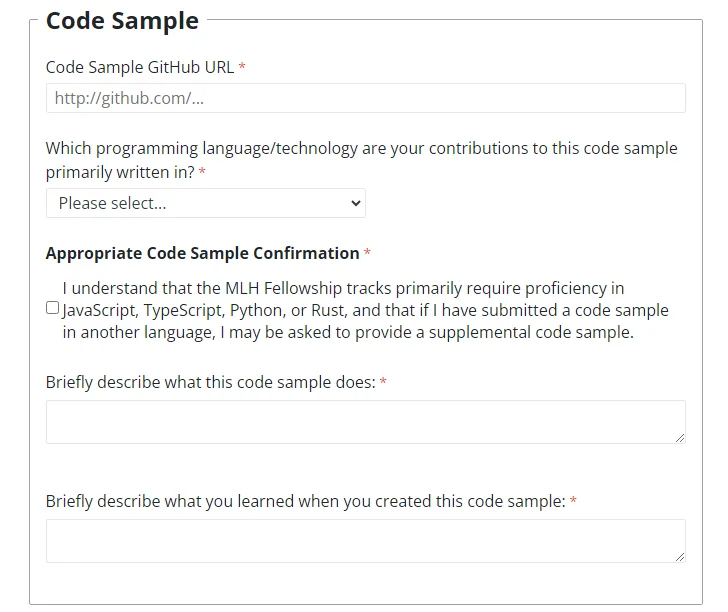
You will want to pay special attention to the code sample section submission.
As part of your application, you’ll be submitting a code sample that you feel demonstrates your abilities.
MLH will review this sample with the rest of your application and should you make it to the technical interview, you’ll talk about this specific code with your interviewer.
And secondly, is the essay section, most especially.
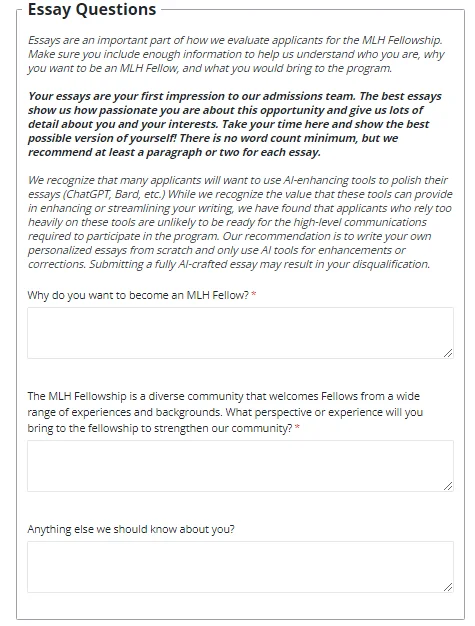
Your application evaluation will likely start from your essay and only when you make an impression will they proceed to your code sample and the rest of your submitted details.
So, even though there’s no minimum word count, you want to write a clear and moving essay of two (2) paragraphs (at the least) that shows you in the best possible light.
And you don’t have to write everything on the spot, you can take your time and write up the essays before or during the application.
According to MLH: “Your essays are your first impression to our admissions team. The best essays show us how passionate you are about this opportunity and give us lots of detail about you and your interests.”

Pro Tip: Tell a story about your tech journey so far, and what and how qualities you have picked up along the way will help you succeed in the fellowship. Your goal is to include enough information to help the admissions team understand who you are, why you want to be an MLH Fellow, and what you would bring to the program.
Application Review
During this period, your submitted application gets reviewed and you are either passed to the next stage or denied.
All you can do now is wait.
I personally waited around 3 weeks, because I applied on the 6th and got the mail to schedule my first (personal) interview of the 22nd of November, then scheduled it for the 27th.
Personal interview:
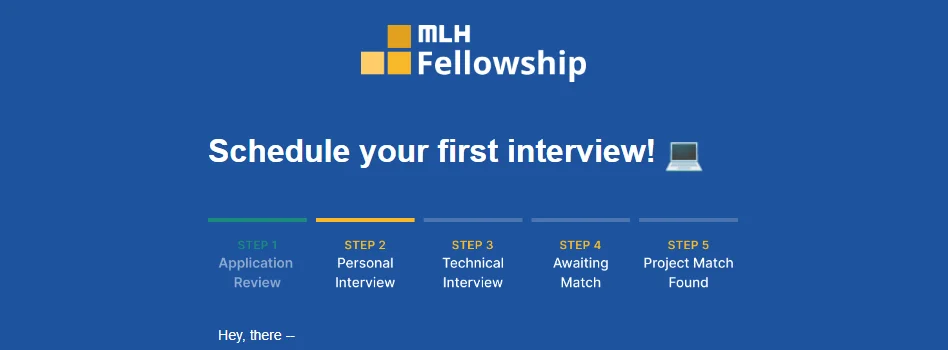
A personal interview is the next stage after a successful application review. This is a 15-minute video call aimed to confirm your eligibility for the program and evaluate your ability to successfully participate.
You also get an opportunity to ask questions at the end of the conversation.
So, have your question ready beforehand.
Here are some possible questions to ask:
- Are there any opportunities, connections, or resources provided by MLH to participants after they complete the program?
- Can you share examples of challenges that participants commonly face during the program, and how MLH supports them in overcoming these challenges?
- What specific skills or knowledge do you expect participants to gain by the end of the program?
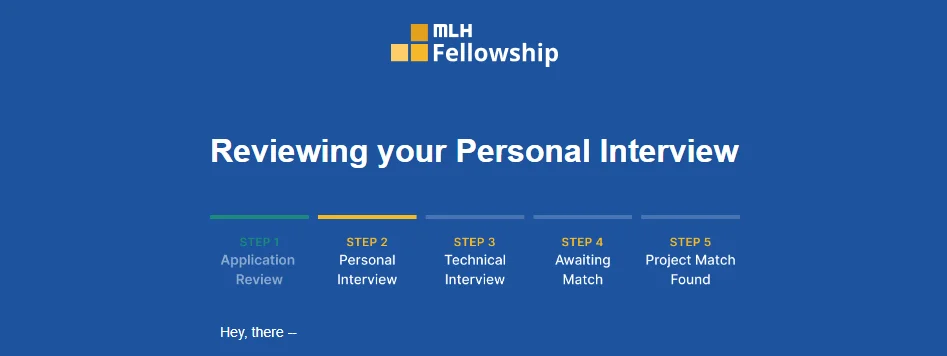
After your first interview, it is reviewed.
On success, you are moved to the next stage.
For me, it took exactly 7 days (Nov. 30th) after my first interview to get the next mail for scheduling my technical interview which I then scheduled for the 4th of December 2023.
Technical interview:
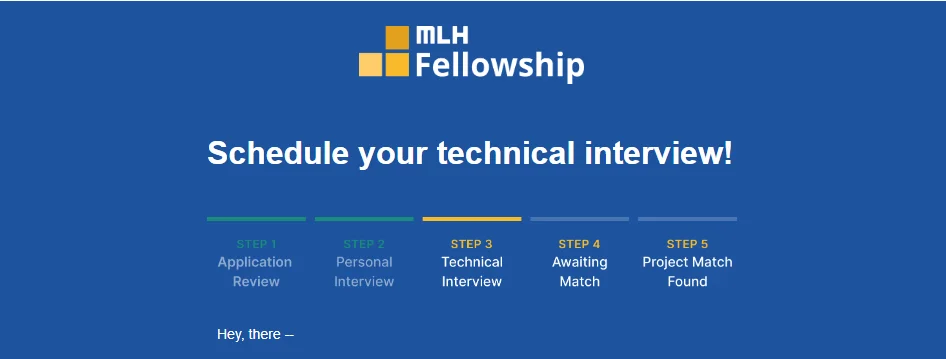
In this interview, I shared my screen and walked my interviewer (Stephen Cropper) through my code sample source code.
I let him ask me questions based on the code and if there were any specific sections he wanted, I walked him through my thought process behind my implementation.
I was also asked some specific questions about web development basics, HTTP methods, API designs, etc.
In terms of the questions about HTTP methods and API designs, these are common areas of inquiry in technical interviews, especially for roles involving web development or API-related work.
Understanding HTTP methods (like GET, POST, PUT, and DELETE) and being familiar with designing RESTful APIs are crucial skills in building scalable and efficient web applications.
During the interview, I was also asked about the design pattern I followed in creating the project.
And by the way, I implemented the Model-View-Controller (MVC) pattern.
This architectural approach helped me organize the codebase effectively, ensuring the separation of concerns and maintainability.
If you encountered any challenges or learned anything worth talking about while building the project, this is also an ample opportunity to mention them.
It’s not just about showcasing your technical proficiency but also demonstrating your ability to think critically and problem-solve on the spot.
This is my code sample here: Meeting Scheduler.
Hopefully, you pass this stage.

Pro Tip:
In my case, I spent a lot of time trying to learn how to talk about my entire project; you know, because it is one thing to build a project, another thing to present it, dissecting all the different parts with all the right terminologies, confidence and speed, within a 15min timeframe.
Turns out, fortunately, that I chose what section of my code to discuss during the interview.
So that might save you a lot of time too while preparing for your interview.
Make sure to understand your project, especially if it’s been a while since you built it, but choose a section and study it to the extent you can turn it inside out during the interview.
Thank me later.
Awaiting A Match
At this stage, you just wait for a project match. This step lasted until very close to the beginning of the program for me.
I went ahead to have an additional meeting/interview with the maintainers of the project I was being considered for a match in the “Final Step for the MLH Fellowship” stage.
Lastly, another “MLH Fellowship: A/V Setup Confirmation” mail exchange to ascertain the suitability of my remote setup.
Though, I think these final stages will be unique to me.
So, I completed my technical interview on the 4th, got the confirmation on the 5th of December, 2023, and my congratulatory mail on the 17th of January, 2024.
That’s basically 43 days (1 month and 2 weeks) later.
Project Match Found
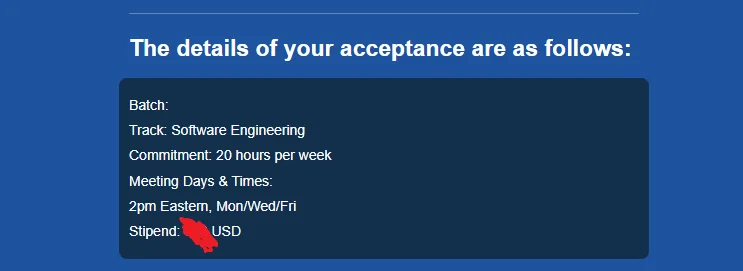
This is the long-awaited final and congratulatory stage where you get matched and fully accepted into the program.
Congratulations in advance.
This is where you will see your stipend amount and all the rest of the details pertaining to your enrollment.
Useful Links
Benefits of the MLH Fellowship Program
- MLH Fellowship Stipend
- Learning Opportunities
- Experience from Real World Projects and Problems
- Mentorship from Industry Experts
- Career Opportunities
- Community, Networking & Collaboration
Major Sponsors and Partners of the MLH Fellowship
Some of the major partners and sponsors include:
- GitHub
- Solana
- Meta
- AWS
- G-Research
- Memorial Sloan Ketterin
- Royal Bank of Canada
MLH Fellowship Alternatives and Their Acceptance Rate
| Program | Focus | Acceptance Rate |
|---|---|---|
| Linux Foundation Mentorship Program (LFX) | Open-source projects across technology sectors | ~15% |
| Google Season of Docs (GSoD) | Technical writing and documentation contributions | ~20-25% |
| Outreachy Internship | Support for underrepresented groups in open-source | ~30-40% |
| Season of KDE | Contributions to the KDE desktop environment | ~15-20% |
| Free Software Foundation (FSF) Internship | Free software advocacy and contributions | ~10-15% |
| Linux Kernel Mentorship Program | Contributions directly to the Linux kernel | ~7-10% |
| GNOME Summer of Code | Contributions to the GNOME desktop environment | ~10-15% |
| Alibaba Summer of Code | Open-source contributions in diverse technology areas | ~10-15% |
| FOSSASIA Codeheat | Short-term internships for open-source projects | ~20-25% |
FAQS
Is MLH Fellowship Paid?
Yes! Qualified applicants get a stipend to offset their bills and expenses during the program.
How Much Does MLH Fellowship Pay?
The pay can be as high as $3,500 – $5,000, which is then subject to Purchasing Power Parity (PPP) adjustment. So, usually, a fellow (especially outside of the United States) does not get the full amount, but rather an adjusted rate.
What is the MLH Fellowship Acceptance Rate?
Roughly, the MLH has an acceptance rate of 3-6%. That means, getting into the Major League Hacking fellowship is quite a harder nut to crack than similar other programs.
How long does the Fellowship last?
The MLH Fellowship typically spans 12 weeks.
Do I need to be a computer science major to apply?
No! You don’t need to be a computer science major specifically. The Fellowship is open to students with a passion for technology and programming, regardless of their major.
And you don’t even need to be a graduate either.
What kind of projects do Fellows work on?
Fellows collaborate on a wide range of projects, including software development and open-source contributions.
The specific projects will be determined by the sponsors and partners of a particular batch.
Is the Fellowship open to international students?
Yes! The MLH Fellowship is open to students from around the world.
It’s a remote program, making it accessible to participants regardless of their geographical location.
Fun Fact: I’m not from the US.
How competitive is the application process?
The MLH Fellowship is a sought-after program, and the application process can be competitive. However, the selection is based on skills, passion, and potential, providing a fair chance for qualified candidates.
What support and resources are provided during the Fellowship?
Participants receive mentorship, and access to learning resources, and join a supportive community of fellow learners. Regular check-ins and feedback sessions help ensure a valuable and enriching experience.
Can I apply if I’m a beginner in programming?
Yes! The MLH Fellowship is open to participants at various skill levels. Whether you’re a beginner or more experienced, there are different programs and projects suited to different proficiency levels.
How does the Fellowship benefit participants in the long run?
The MLH Fellowship not only provides practical experience but also helps build a professional network and enhances participants’ resumes.
It’s a chance to work on real-world projects, contributing to personal and career growth.
You might even get a job in the process
About CID
I’m CID, a budding Software Engineer and Gold Fellow with TheROOM Global, a cohort-2 graduate of the ALX Africa’s 12-months intensive and hands-on Software Engineering Program, and now an MLH Fellow.
I’m always looking to build performant and robust back ends and responsive accessible user interfaces.
I’m so fascinated by technology and computers that every single day, I’m either learning, building, or looking for a way to become part of organizations that build solutions to the world’s biggest problems.
I had always tinkled with code before May of 2021 but that was when I enrolled in the fully sponsored 12-month long with a 70hrs /week requirement hands-on intensive software engineering program by alx_africa.
That’s when I considered my Software Engineering career official and took it up full-time.
Fast forward to a remote 3 months contract job placement by TheROOM Global, some freelance jobs, and a full-fledged job search season (with so many other things in between) later, say hello 👋 to the latest MLH Fellow.
It might even interest you to know that before tech, I have tried quite a few other things,
I wrote a little about the Digital Marketer part of me on my digital marketing blog, while I teach and tell my tech story here at Auditorical.
Connect with me on X/Twitter
PPP is a concept used to account for the different costs of living in various regions/countries around the world. Instead of offering a fixed global stipend, MLH adjusts the fellowship payment based on the participant’s location, considering the relative cost of living in that specific area. For instance, if the base payment is set at $3,500 – $5,000, this amount is adapted to the economic conditions of the fellow’s home country or city. Areas with a higher cost of living may receive a higher adjusted rate, while those with a lower cost of living might receive a lower adjusted rate. This approach aims to ensure that the fellowship provides a fair and reasonable stipend that aligns with the economic realities of each participant’s location, making the program more inclusive and accessible to individuals from diverse regions.

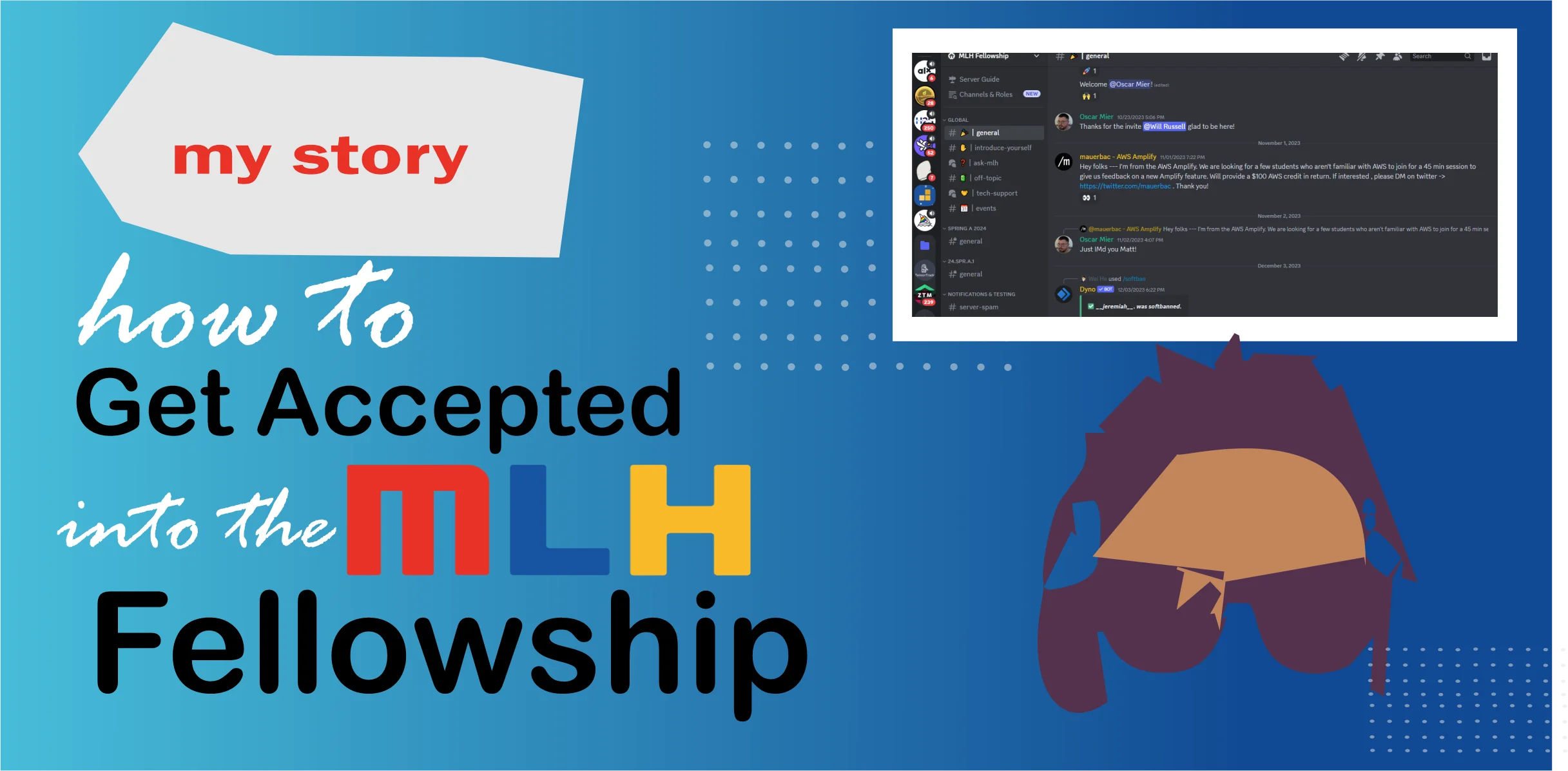
Good stuff. Kudos man!